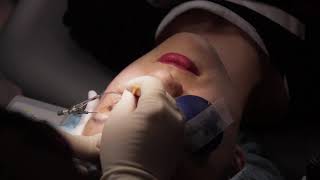Am I a candidate for LASEK?
Dr. Giyaur and our team at New York Laser Vision perform LASEK in Manhattan & Brooklyn for patients who aren’t good candidates for LASIK. LASEK may be better for patients who have steep or very thin corneas, as this can make it difficult to make the corneal flap used in LASIK. If you have a high degree of myopia (farsightedness) this requires more tissue removal from the central cornea to correct the refractive error, so LASEK could be a better option. Also, if you have work or leisure activities that put your eyes at increased risk for injury LASEK is a better choice because it doesn’t involve the corneal flap that can dislodge during an injury.





